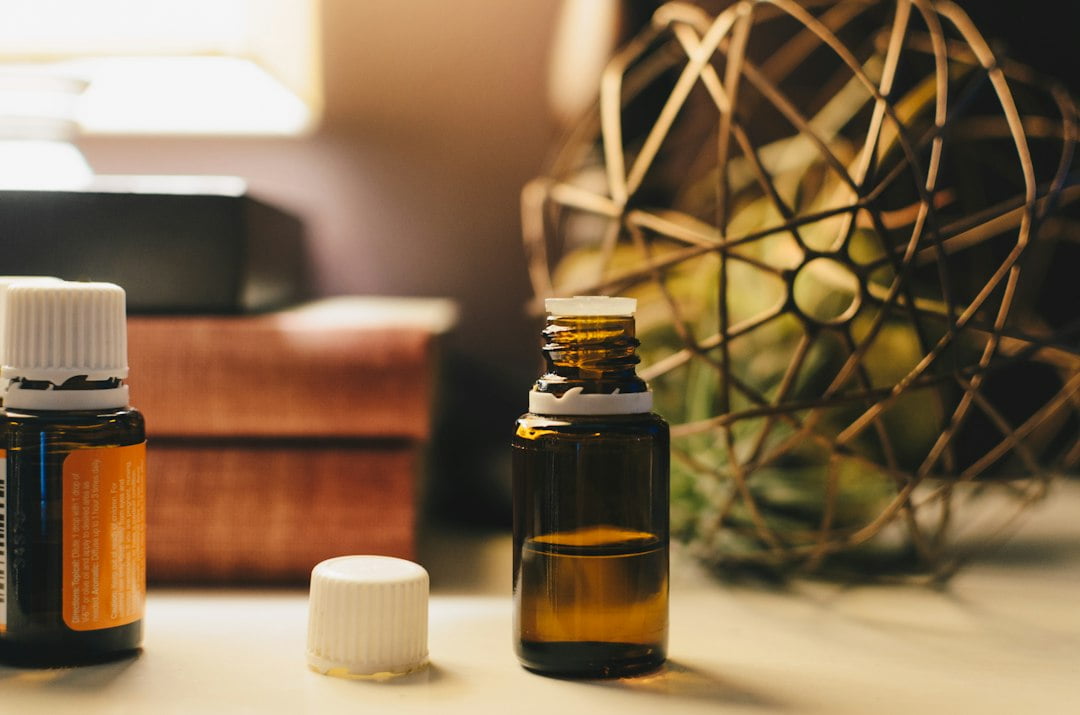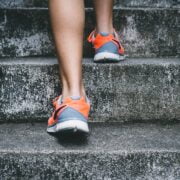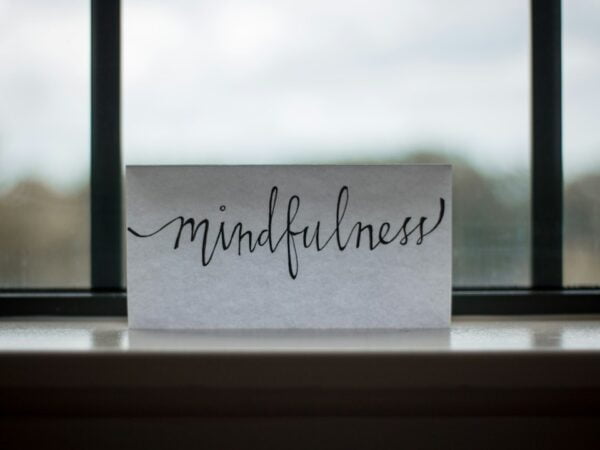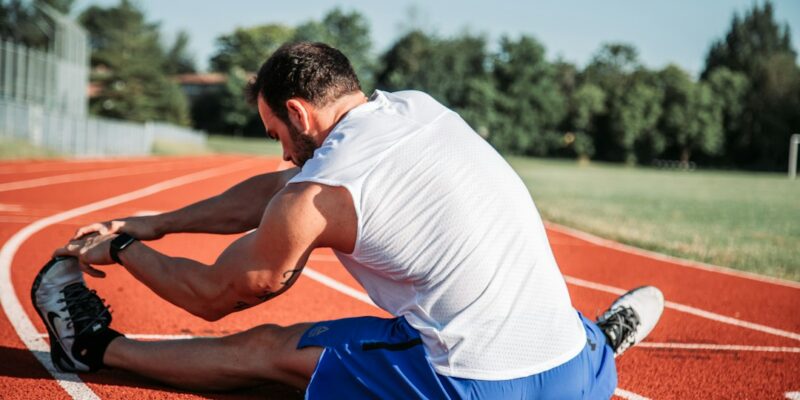
Get Bendy at Home: Top Workouts for Improving Flexibility
Improving flexibility is an essential component of overall health and fitness. Whether you’re an athlete looking to enhance your performance or simply want to move more freely in your everyday activities, incorporating flexibility training into your routine can have numerous benefits. In this article, we will explore various workouts and exercises that can be done at home to improve flexibility.
Key Takeaways
- Flexibility is important for overall body health and can improve athletic performance.
- Basic warm-up exercises are crucial for preparing your body for flexibility training.
- Effective home workouts for improving flexibility include yoga and Pilates exercises.
- Stretching routines can be tailored to specific body parts for targeted improvement.
- Foam rolling can aid in muscle recovery and improve flexibility.
Why Flexibility is Important for Your Body
Flexibility plays a crucial role in maintaining a healthy body. One of the main benefits of flexibility is improved range of motion. When your muscles and joints are flexible, you can move more freely and with greater ease. This can enhance your performance in sports and physical activities, as well as prevent injuries.
In addition to improved range of motion, flexibility also helps to reduce the risk of injury. When your muscles are tight and inflexible, they are more prone to strains and tears. By regularly stretching and working on your flexibility, you can help prevent these injuries from occurring.
Basic Warm-up Exercises to Prepare Your Body for Flexibility Training
Before diving into intense stretching exercises, it’s important to warm up your body properly. This helps to increase blood flow to the muscles and prepare them for the upcoming workout. Some examples of dynamic warm-up exercises include arm circles, leg swings, and jumping jacks.
Dynamic stretches involve moving parts of your body through a full range of motion. These stretches help to increase blood flow and warm up the muscles. Examples of dynamic stretches include walking lunges, high knees, and torso twists.
It’s important to note that warming up before stretching is crucial to prevent injury. Cold muscles are more prone to strains and tears, so take the time to properly warm up before starting your flexibility training.
Effective Home Workouts for Improving Flexibility
| Exercise | Repetitions | Sets | Duration | Difficulty |
|---|---|---|---|---|
| Forward Fold | 10-15 | 2-3 | 30 seconds | Beginner |
| Downward Dog | 10-15 | 2-3 | 30 seconds | Beginner |
| Child’s Pose | 10-15 | 2-3 | 30 seconds | Beginner |
| Pigeon Pose | 10-15 | 2-3 | 30 seconds | Intermediate |
| Butterfly Stretch | 10-15 | 2-3 | 30 seconds | Intermediate |
| Seated Forward Bend | 10-15 | 2-3 | 30 seconds | Advanced |
There are plenty of effective exercises and stretches that can be done at home to improve flexibility. One of the simplest and most effective exercises is the standing forward bend. Stand with your feet hip-width apart, bend forward from the hips, and try to touch your toes. Hold this stretch for 30 seconds to a minute, breathing deeply and relaxing into the stretch.
Another great exercise for improving flexibility is the seated forward bend. Sit on the floor with your legs extended in front of you, and slowly reach forward towards your toes. If you can’t reach your toes, use a strap or towel to help you reach further. Hold this stretch for 30 seconds to a minute, breathing deeply and relaxing into the stretch.
For those looking for a more challenging workout, try incorporating lunges into your routine. Lunges not only work on flexibility but also strengthen the muscles in your legs and hips. Start by standing with your feet hip-width apart, take a big step forward with your right foot, and lower your body into a lunge position. Hold this position for 30 seconds to a minute, then switch sides.
Yoga Poses for Flexibility and Relaxation
Yoga is a fantastic way to improve flexibility while also promoting relaxation and stress relief. There are numerous yoga poses that target specific areas of the body and help to increase flexibility.
One of the most well-known yoga poses for flexibility is the downward dog. Start on all fours, then lift your hips up towards the ceiling, forming an upside-down V shape with your body. Press your heels towards the floor and relax your head between your arms. Hold this pose for 30 seconds to a minute, breathing deeply and focusing on stretching through your hamstrings and calves.
Another great yoga pose for flexibility is the pigeon pose. Start in a plank position, then bring your right knee forward towards your right hand. Slide your left leg back behind you, keeping it straight. Lower your upper body down towards the floor, resting on your forearms or forehead. Hold this pose for 30 seconds to a minute, then switch sides.
Pilates Exercises for a Stronger and More Flexible Body
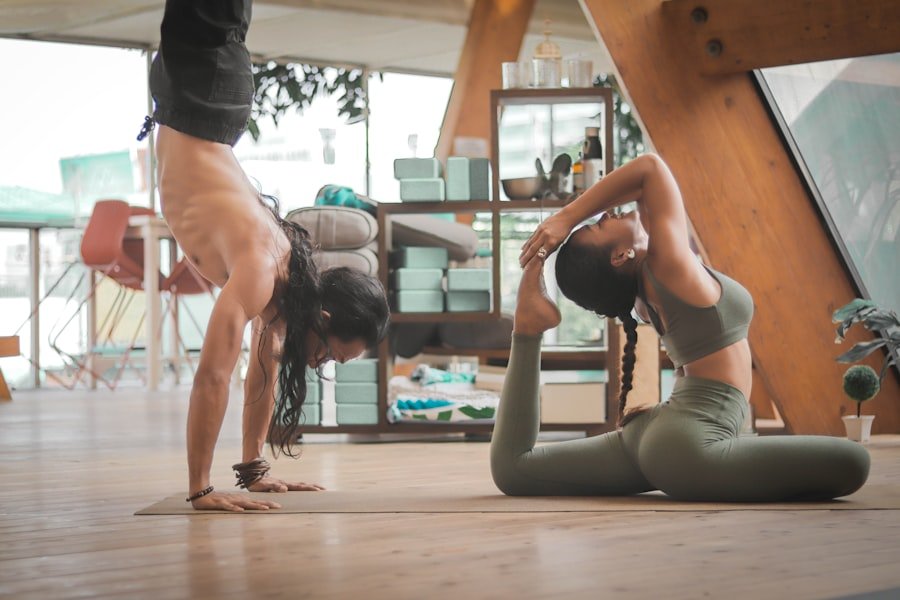
Pilates is another excellent form of exercise that can improve flexibility while also strengthening the body. Many Pilates exercises focus on core strength and stability, which are essential for maintaining proper alignment and preventing injuries.
One Pilates exercise that targets flexibility is the roll-up. Start by lying on your back with your legs extended and arms reaching overhead. Slowly roll up, one vertebra at a time, reaching towards your toes. Roll back down with control, articulating through each vertebra. Repeat this exercise for 8-10 repetitions, focusing on stretching through your spine and hamstrings.
Another Pilates exercise that improves flexibility is the spine twist. Sit on the floor with your legs extended in front of you, then bend your knees and place your feet flat on the floor. Place your hands behind your head, elbows wide. Twist your upper body to the right, then to the left, focusing on rotating through your spine. Repeat this exercise for 8-10 repetitions on each side.
Stretching Routines for Specific Body Parts
To target specific areas of the body and improve flexibility in those areas, it’s important to incorporate stretching routines into your workout routine. Here are some examples of stretching routines for different body parts:
– Hips: Start in a lunge position with your right foot forward and left knee on the ground. Slowly shift your weight forward, feeling a stretch in the front of your left hip. Hold this stretch for 30 seconds to a minute, then switch sides.
– Hamstrings: Sit on the floor with your legs extended in front of you. Reach forward towards your toes, keeping your back straight and chest lifted. If you can’t reach your toes, use a strap or towel to help you reach further. Hold this stretch for 30 seconds to a minute, breathing deeply and relaxing into the stretch.
– Shoulders: Stand with your feet hip-width apart and extend your arms out to the sides at shoulder height. Cross your right arm over your left, then bend your elbows and bring your palms together. Lift your elbows up towards the ceiling, feeling a stretch in your shoulders. Hold this stretch for 30 seconds to a minute, then switch sides.
Foam Rolling Techniques for Improved Flexibility and Muscle Recovery
Foam rolling is a technique that involves using a foam roller to massage and release tension in the muscles. It can aid in improving flexibility by breaking up knots and adhesions in the muscles, allowing for greater range of motion.
To foam roll your hamstrings, sit on the foam roller with your legs extended in front of you. Place your hands behind you for support, then roll back and forth along the length of your hamstrings, focusing on any tight or tender areas.
To foam roll your back, lie on the foam roller with it positioned perpendicular to your spine. Slowly roll up and down along your back, focusing on any tight or tender areas.
Tips for Staying Motivated and Consistent with Your Flexibility Training
Staying motivated and consistent with any fitness routine can be challenging, but there are several strategies you can use to help you stay on track with your flexibility training:
– Set specific goals: Whether it’s touching your toes or doing a split, setting specific goals can help keep you motivated and give you something to work towards.
– Find a routine that works for you: Experiment with different workouts and exercises to find a routine that you enjoy and can stick to. If you don’t enjoy what you’re doing, it will be much harder to stay consistent.
– Track your progress: Keep a journal or use a fitness app to track your progress. Seeing how far you’ve come can be incredibly motivating and help you stay consistent.
Achieving Your Flexibility Goals at Home
Improving flexibility is an important aspect of overall health and fitness. By incorporating the workouts and exercises mentioned in this article into your routine, you can start working towards your flexibility goals from the comfort of your own home. Remember to warm up properly, listen to your body, and stay consistent with your training. With time and dedication, you can achieve a stronger, more flexible body.
FAQs
What are home workouts for flexibility?
Home workouts for flexibility are exercises that are designed to improve the range of motion of your joints and muscles. These workouts can be done at home without any equipment or with the help of some basic equipment.
What are the benefits of home workouts for flexibility?
Home workouts for flexibility can help improve your posture, reduce the risk of injury, increase your range of motion, and improve your overall physical performance. They can also help reduce stress and tension in your muscles.
What are some examples of home workouts for flexibility?
Some examples of home workouts for flexibility include stretching exercises, yoga, Pilates, and mobility exercises. These exercises can be done at home without any equipment or with the help of some basic equipment.
How often should I do home workouts for flexibility?
It is recommended to do home workouts for flexibility at least 2-3 times a week. However, the frequency and duration of your workouts may vary depending on your fitness level and goals.
Do I need any equipment for home workouts for flexibility?
You do not necessarily need any equipment for home workouts for flexibility. However, some basic equipment such as a yoga mat, resistance bands, or foam rollers can be helpful in enhancing your workouts.
Are home workouts for flexibility suitable for beginners?
Yes, home workouts for flexibility are suitable for beginners. However, it is important to start with simple exercises and gradually increase the intensity and duration of your workouts. It is also recommended to consult with a fitness professional before starting any new exercise program.




